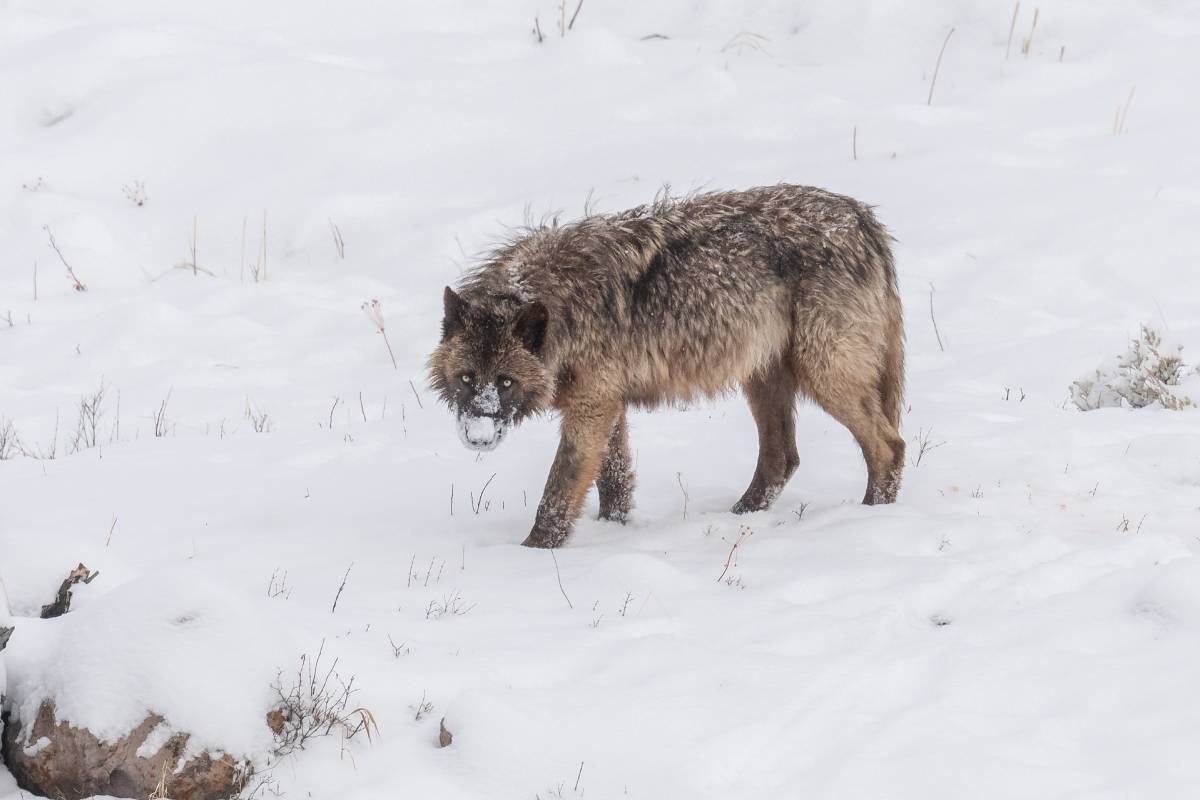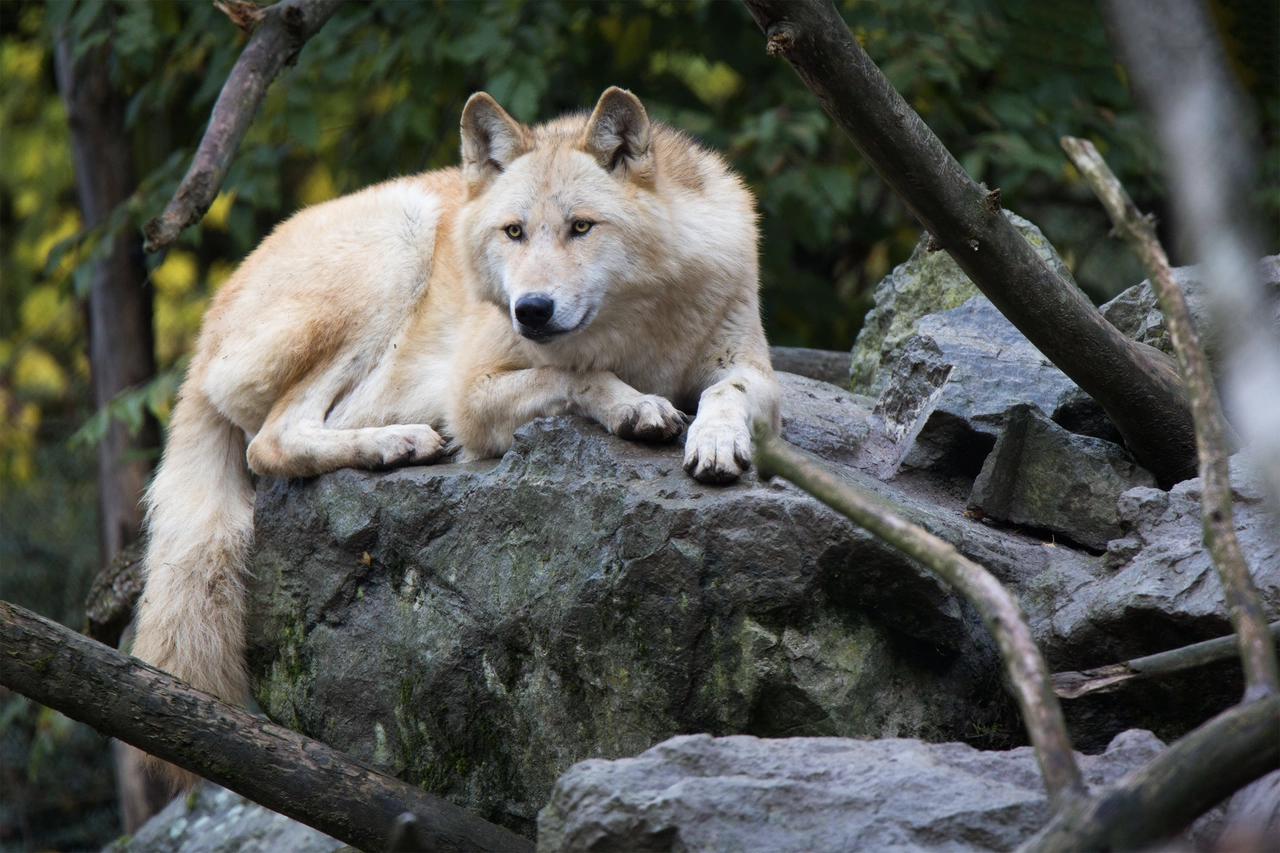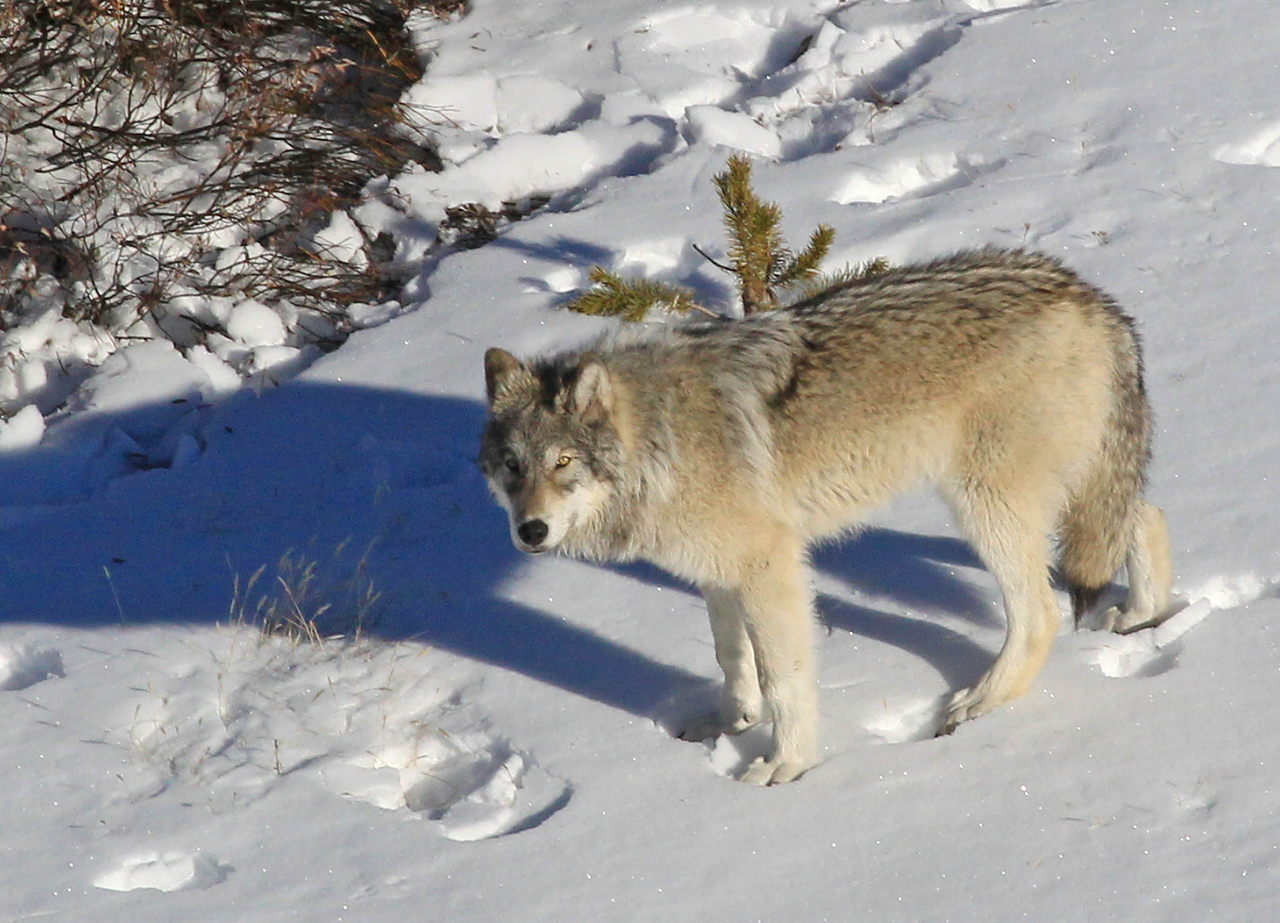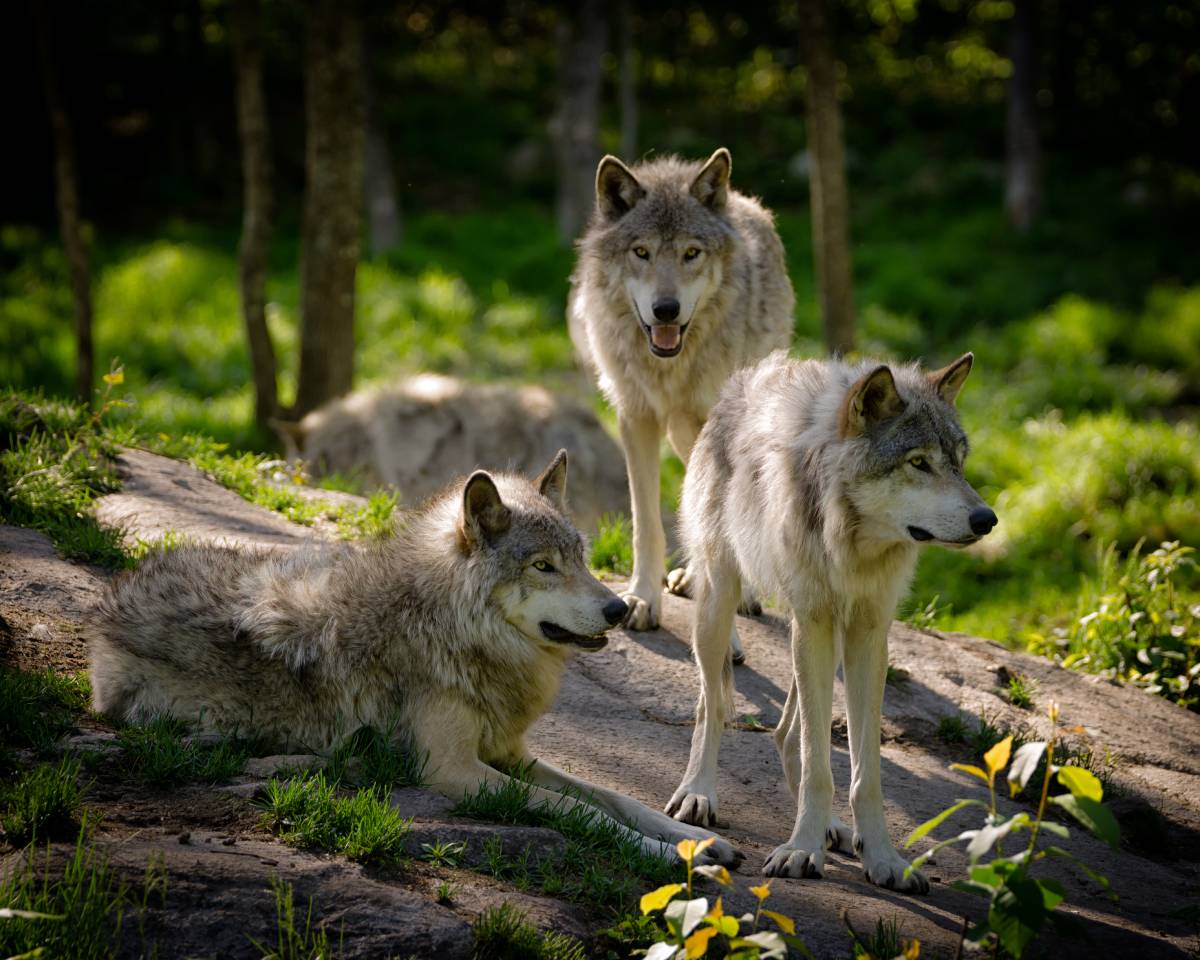Wolves are scrambling to survive in the United States
According to the US Fish and Wildlife Service, in 1978, there were only around 1,000 gray wolves left in the wild in the contiguous United States. Biologists, conservationists, Indigenous communities, and wildlife activists banded together, creating a movement of awareness about the ecosystem importance of this vanishing species that resulted in their placement on the endangered species list nationwide.
In the decades since then, wolf numbers grew to over 6,000, and their recovery was a positive conservation story. However, in October 2020, the Trump administration removed gray wolves from the protection of the Endangered Species Act, citing their successful recovery and turning their management over to states and local tribes.
It was then the coalition of conservation organizations and activists banned together again. What ensued in the following months was described as “a dire situation” for all wolves and other large carnivores such as coyotes, according to Dave Parsons from the conservation group Project Coyote.

A member of the Wapiti Lake pack walks in Yellowstone. Image credit: Courtesy of Sarah Killingsworth
Massive killings began when the decision took effect in early January 2021. In Wisconsin, hunters took down 216 wolves in less than 60 hours. This number was more than 82% above the authorities’ stated quota of 119 animals that were supposed to occur over the entire season.
Citing the protection of ranching interests, Idaho embarked on a campaign to reduce its estimated 1,500 wolves to only 150. However, wolves are responsible for the loss of less than 0.02% of the state’s livestock, according to the agriculture industry’s own highest estimate, while elk and deer numbers are thriving. (In addition, wolf predation on livestock has been shown to increase when their packs are destabilized and unable to hunt wild prey.)

Eastern timber wolf. Image credit: Creative Commons, Cloudtail the Snow Leopard
Montana followed a similar extermination program. With the ban lifted on gray wolves, other species were at high risk, too, such as the eastern timber wolf, western timber wolf, red wolf, and coyote. Each of these animals acts as the apex predator in its distinct ecosystem, a role that ultimately dictates the health and biodiversity of that region.
As gray wolves prey on elk and caribou, timberwolves on white-tailed deer, and coyotes mainly on rabbits and squirrels, they all play the same essential role. At the top of their food chains, they keep other species in balance by preventing overpopulation - especially by large herbivores.

Without wolves or coyotes leveling out their population numbers, many herbivores tend to overgraze and defoliate their habitats. Wolves are so critical to the health of their environments that when they were reintroduced to Yellowstone National Park in 1995, they changed the course of rivers by keeping hoofed animals from causing severe erosion of the river and stream banks.
Wildlife regeneration by wolves has included plants, birds, beavers, mice, foxes, bears, and elk. This is just one indication of the vital ecological role played by wolves in restoring and promoting biodiversity and overall ecosystem health.

Eastern timber wolf pack
As the climate crisis places all of humanity in “a dire situation,” it is essential to protect keystone species such as wolves. The species serve a crucial role in helping sequester carbon by keeping forest ecosystems thriving.
With this in mind and the efforts of wildlife organizations who fought tirelessly for gray wolves, a federal judge reversed the Trump administration’s decision to remove gray wolves from the endangered species list in the continental United States in February 2022.
While it is another chapter in conservation achievement, wolves, coyotes, and other misunderstood predators still need protection and awareness spread on the critical role they play in the well-being of our shared planet.

Gray Wolf in Yellowstone National Park. Image credit: Courtesy of Gunner Ries Amphibol
Project Coyote, a national non-profit organization based in Northern California, has been at the forefront of protecting wolves and coyotes. So far, they have helped eight states to ban the poaching of wolves and prohibit wildlife killing contests: Arizona, California, Colorado, Massachusetts, New Mexico, Vermont, and Washington.
To help their efforts, please sign the #StopTheKill petition here.
The One Earth Project Marketplace is a first-of-its-kind online database of vetted projects currently seeking funding, contributed by a global network of partners across three pillars of action — renewable energy, ecosystem conservation, and regenerative agriculture. Project Coyote’s programs of protecting imperiled wolves in the Northern Rockies and Great Lakes are two of these projects. Contributions will help ensure long-term success and continue the conservation of the species.
Sign the #StopTheKill Petition


